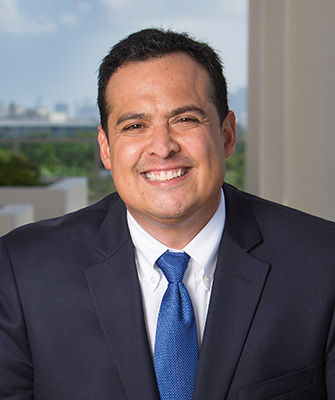Legal scholarship comes in a variety of forms. One form that I like lots is the law review online supplement. Online supplements allow scholars to address cutting-edge issues without the delay of the normal publication process. The submissions also tend to be shorter and thus more accessible, not only to scholars but to practitioners, judges, and policymakers in the field. A good piece will not only efficiently discuss an emerging legal trend but suggest a legal reform or solution that helps out on-the-ground practitioners sooner rather than later.
Michael Francus’s wonderful piece on the Texas Two-Step hits these marks. The piece, which is a joy to read, discusses the emergence of the “Texas Two-Step” as a procedure to deal with mass tort liability. For the uninitiated, defendants often use bankruptcy to resolve mass-tort liability.
This is not new as bankruptcy courts handled famous mass torts involving asbestos and the Dalkon Shield. But defendants have expanded the practice beyond products liability, such as the Boy Scouts’ liability for sexual abuse in its ranks or Purdue Pharmaceutical’s liability relating to the opioid epidemic.
Bankruptcy offers speed and comprehensiveness. Unlike traditional litigation, bankruptcy proceedings tend to be much, much faster–think months rather than years. And unlike complex procedures such as multidistrict litigation (“MDLs”) or class actions, bankruptcy allows a defendant to resolve all claims (state or federal, present or future) in one non-opt out proceeding.
The turn to bankruptcy has introduced some concerning innovations. One such procedure is the Texas Two-Step, famously demonstrated by the bankruptcy proceedings involving Johnson & Johnson’s baby powder. The talc in J&J’s baby powder is alleged to have caused cancer in thousands of cases, and the claims filed have threatened J&J with massive liability. Although initially consolidated as an MDL, J&J turned to the “divisive merger” under Texas law, under which the company splits into two. J&J created a new entity, LTL Management, and assigned all of its talc liability to that entity (Step 1). LTL Management then filed for bankruptcy (Step 2). J&J assigned its remaining assets to the other half of the split but agreed to indemnify LTL Management for all of its talc liability.
On the surface, the Texas Two-Step looks innocuous—J&J’s assets remain to make the talc claimants whole. But the talc claimants cannot sue J&J thanks to a third-party release, and only the shared officers of the divided companies (not the claimants) can enforce the indemnification agreements. Full recovery on paper becomes illusory in practice.
In fact, Francus argues, this looks like a fraudulent transfer, where a debtor shields its assets pre-bankruptcy by assigning them to nonbankruptcy entities. But “a fraudulent transfer challenge takes significant time and expense,” deterring challenges or producing suboptimal settlements.
Francus offers an alternative that civil procedure scholars can appreciate—good faith challenges. Fraudulent transfer challenges “must be litigated in an adversary proceeding,” requiring significant development through “service, pleadings, counterclaims, discovery” and the like. A good faith challenge can be done at the pleading stage in bankruptcy, without discovery or trial, a sufficiently early stage that can “negate the tactics of the two-steppers.” Francus discusses some possible “good faith” challenges and notes the challenges presented by forum shopping, where debtors choose forums that make such “good faith” challenges hard to make. But Francus’s clever appreciation of cost and delay made this civil procedure scholar very proud.
This is an excellent piece. It boils down a complex issue into something digestible for nonbankruptcy scholars and practitioners, while providing a solution to the resulting problems. Throughout the piece, Francus cites and hints at the extensive literature on the issue if one wants to research it more. Francus knows this literature by heart, but boils it to the essential, providing a great contribution to the literature and to practical life. This is a good combination of theory and practice, and I like it lots!








